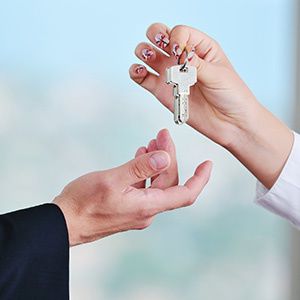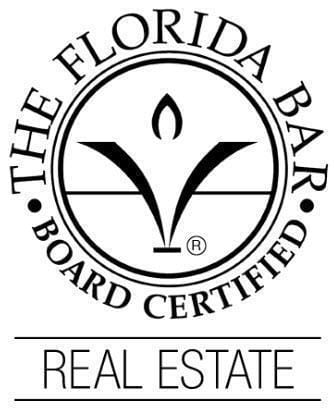If you want to invest in rental property but you are hesitant to take on an additional mortgage, you may consider purchasing a multi-family home and living in one unit while renting out the rest.
There are many upsides to this decision as well as several factors to consider.
Buying a tenant-occupied property
When you purchase a house in Florida that already has tenants, the seller must transfer their security deposits and other advance payments to you. You must honor the terms of the previous landlord’s lease until it expires. This might prove inconvenient if the terms conflict with your desired use of the property.
Being a live-in landlord
Living in your rental home can save you time and money, but you should consider the decision carefully.
Rental income
As a live-in landlord, you can earn rental income without investing in multiple properties. Your tenants’ rent helps offset your monthly expenses, so your home might pay for itself.
Before you buy, though, you should estimate your expenses and income. Familiarize yourself with fair market rates in your area.
Financing options
Living in the home increases your financing options. Mortgage lenders usually charge higher interest rates and down payments for non-owner-occupied homes. Living in your rental property also makes you eligible for more loans.
Maintenance
When you live in the building, tenants know where to find you when maintenance issues arise, so you can handle repairs efficiently. Your presence may motivate tenants to take better care of their units, protecting your investment. However, some tenants may feel uncomfortable having their landlord as a neighbor.
Being a live-in landlord has practical advantages. However, you must understand your responsibilities before purchasing a rental property.




